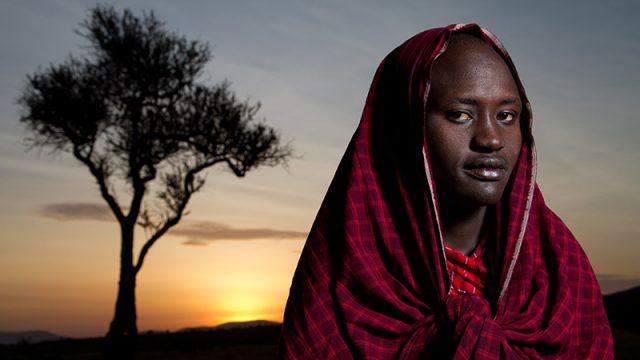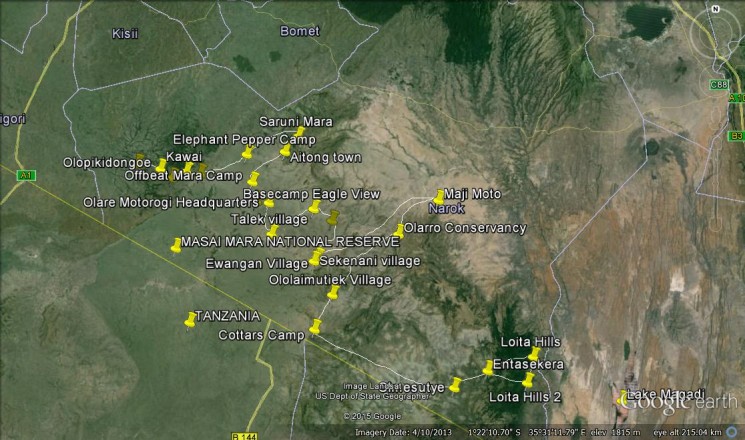The Maasai of Kenya are some of the most iconic and recognizable, yet least understood people in Africa. Their ancient traditions and colorful garb make them popular with tourists, but few dig deeper into the issues that face the tribe, such as their desire to maintain their traditional lifestyle, and the way in which wildlife and land conservation plays into this.
Which is why one writer has decided to spend a month walking 200km across a stretch of Kenya.
Stuart Butler, who is a well-known photographer as well as an author, has been exploring Africa for the better part of 20 years and has long been fascinated by both the Maasai and conservation. He decided to do the walk in order to to gain a more in-depth understanding of the contemporary Maasai lifestyle and the impact of 21st century life, conservation, political pressures and tourism on them.
Butler and a Maasai companion, Josphat Mako, plan to start their walk on May 24 from the highest point of the remote, forested and little-visited Loita Hills. These hills are home to the Loita Maasai and are one of the most traditional corners of Maasai country. Wildlife, including large numbers of buffalo, abound in these forested hills, which have no government protection and are preserved mainly through Maasai cultural practise and belief. Next they will head westwards and skirt around the edge of the famous Masai Mara National Reserve and through the Siana, Naboisho, Olare Orok and Mara North conservancies (essentially private game reserves) before finishing at the foot of the Oloololo Escarpment.
Along the way they will visit and sleep in Maasai villages, and when that’s not possible, they will use a mixture of bush camping and staying in safari camps and lodges. There’s no set-in-stone route, and there will be numerous deviations and diversions in order to take in as many interesting encounters as possible.
Through these encounters with local Maasai, Butler hopes to get to know the Maasai, the landscapes and animals they live with, their culture, and their contemporary lifestyle. In addition to arranging meetings with as many leaders of the local communities as possible, he plans to meet with scientists and biologists involved in wildlife studies in the area, key players in conservation, the conservancies and tourism and regional and national political leaders.
The outcome of the walk will be prodigious: two books, a photo exhibition, numerous magazine and website articles, a podcast, and a series of public talks about conservation both in Kenya and Europe. Butler hopes to be accompanied by Mako during his speaking tour, as a way to make the talks more memorable and impactful.
If you want to follow along with Butler and Mako’s journey, get information on his speaking tour dates, learn more about the trip partners, or learn more about the Maasai people, visit the dedicated project website, www.walkingwiththemaasai.com
There is also a dedicated Facebook page, and Butler can be followed on Twitter (@StuartButler2), and on Instagram (stuartbutler1974).




